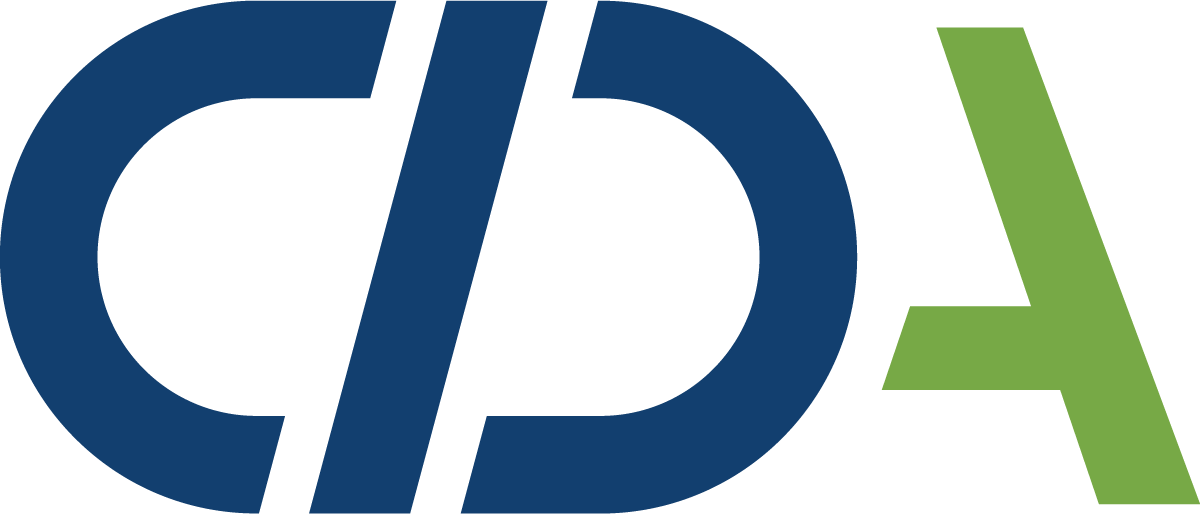Homeowner Association Borrowing
As of the end of 2020 the number of common interested developments (CIDs) in the United States was estimated to be 355K.
35%-40% are condominiums. 58%-63% planned developments, 2%-4% real estate cooperatives. (CAI-2020-2021 Statistical Review)
Forty Years of Growth
In 2000 the number was estimated to be 222,500. By the end of 2010 the number of HOAs had increased to 311,600.
These numbers confirm that 63% of all HOAs in the U.S. are at least twenty years of age. The number of HOAs which are at least ten years of age is a staggering 87%.
On average, one out of three homes located in HOAs are a condominium of some form. A high percentage of these condominiums are located in so-called vertical communities (multi-level buildings).
The number of HOAs in the U.S. as of 1990 is estimated at 130K. Meaning that 37% of all HOAs in the U.S. are 30 years old or more as of the beginning of 2021.
94K HOAs that existing as of 1990 were developed in the decade of the 1980s.
This statistical subset (94K of 355K total HOAs) represented 26% of the HOAs in the U.S. as of the beginning of 2021.
To reiterate, one in four HOAs in the U.S. are between thirty and forty years old!
Buyer Due Diligence & HOA Borrowing
Homebuyers who invest in older communities should consider several important issues related to homeowner association borrowing.
Older HOAs tend to borrow more money than newer HOAs. For the same reasons any homeowner who owns an older home, is more likely to borrow money to renovate, repair or replace major elements of the home, HOAs are also faced with the need to borrow money.
When the common elements of the HOA reach the end of their expected service life and must be replaced, many older Associations resort to borrowing.
HOAs loans are typically secured by a legal agreement between the lender and the Association that may result in the HOA’s financial assets being attached in order to secure repayment of the loan.
The individual homeowners are responsible for paying back an allocated share of the borrowed money with payment terms negotiated by the Board of Directors. The decision to borrow money may be unilateral on the part of the Board, depending on how the governing documents of the Association are worded.
The term serial special assessment refers to the fact that under the terms of the special assessment resolution the owners pay the assessment in a series of installments, typical monthly, perhaps with a pre-payment discount, perhaps not.
When HOAs borrow, with the expectation that the owners will pay back the loan through a series of monthly installments, the obligation to pay future installments will typically be transferred to a new owner (buyer) in the absence of a due-on-sale clause in the special assessment resolution, or an agreement between the seller and buyer that requires the balance of the special assessment to be paid off as a condition of the sale.
Buyer Beware
All buyers should be aware of the terms of the special assessment resolution. Buyers who make an effort to become fully informed of the financial obligations of the HOA are taking an important step that will help to avoid unnecessary and unexpected financial hardship.
Another pitfall of Association borrowing is the potential for a default by one or more owners. Although the individual owners are obligated to pay back an allocated share of the loan, from the perspective of the lender, the homeowner association is the borrower. As such, the ultimate responsibility for paying back the loan is that of the HOA. All owners are ultimately responsible for the debts of the HOA, including any amounts that is not paid by owners who are in default.
BOTTOM LINE: Investigate before you make the decision to purchase a home in any HOA!
Because you are buying more than a home!

